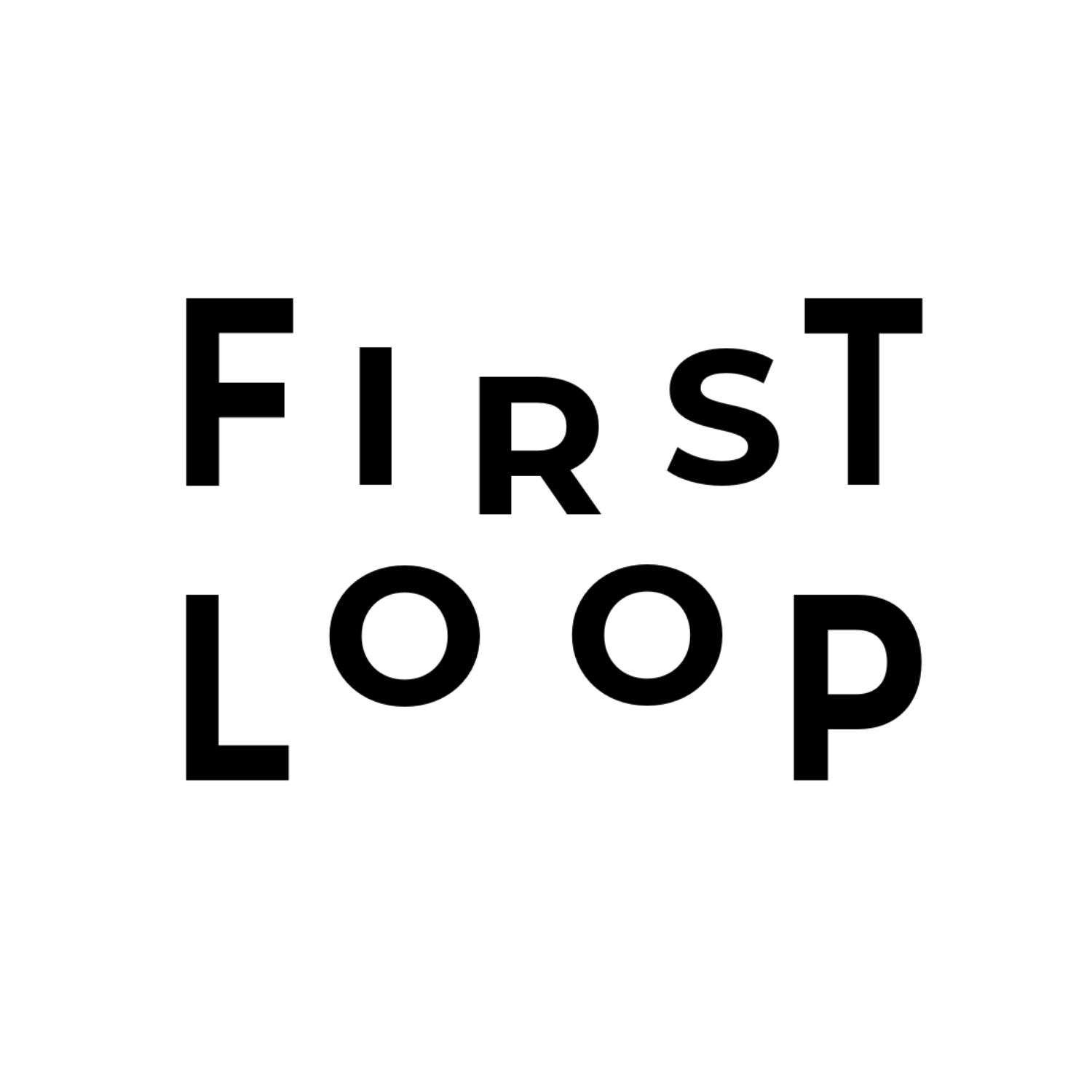How to Solve Complex Problems with the Charette Procedure (With Example)
- Maitraiyi Khimesara
- Jun 27, 2024
- 4 min read
Updated: Nov 6, 2024
Businesses in the cutting-edge business environment of today’s time and age solve complex problems through collaboration and creativity. The Charette Procedure is a practical process of helping businesses generate ideas, solve issues, and make better decisions by ensuring maximum participation.
The Charette Procedure originated in the architectural practices of the 1800s and has now become valuable in corporate strategy, urban planning, as well as product development.
What is the Charette Procedure?
The Charette Procedure is an interactive process for businesses that allows for brainstorming and decision-making, especially effective in solving complicated problems involving many stakeholders. Here’s how the process works:
Division into Subgroups: A large group is sorted into smaller, diverse subgroups, each of them working on a particular issue.
Facilitator: A facilitator is in charge of supervising each subgroup, documenting ideas, and fostering discussions.
Rotation: After a set period, facilitators rotate between groups, which allows the ideas from one group to be built upon and refined by the next.
Consolidation: When the rotations are done, all refined ideas are consolidated and presented to the entire group for discussion and final decision-making.
Why Use the Charette Procedure?
The Charette Procedure offers several advantages:
Maximized Participation and Engagement: Breaking down the large group into smaller groups guarantees that everyone gets a voice. This order prevents a single individual from taking control of the discussion since it promotes and celebrates diversity.
Efficient Idea Generation and Refinement: The iterative nature of the Charette Procedure allows each group to build on the previous group’s ideas. This leads to well-developed, thoroughly considered concepts.
Improved Decision-Making and Stakeholder Commitment: Because everyone has a hand in it, the final decision has group ownership. Thus, it encourages more commitment to the outcome.
Charette Procedure vs. Traditional Brainstorming
When comparing the Charette Procedure to traditional brainstorming, the differences lie in structure and effectiveness:
Participation and Engagement:
Traditional Brainstorming: One large group discussing ideas, often leading to uneven contributions.
Charette Procedure: Dividing participants into smaller groups ensures everyone’s ideas are heard.
Idea Generation and Refinement:
Traditional Brainstorming: Ideas may be creative, but the free-form approach can lead to unstructured suggestions.
Charette Procedure: Structured iterations allow for refinement, leading to practical, high-quality ideas.
Decision-Making and Commitment:
Traditional Brainstorming: Often ends with ideas but no plan for action, resulting in limited commitment.
Charette Procedure: Clear steps toward decision-making and involvement from all participants lead to stronger buy-in and commitment to implement solutions.

Example: Implementing the Charette Procedure
Let's consider an example of a company, named EcoSolutions, which is all about building eco-friendly products. The organization is trying to develop an eco-friendly product for the packaging sector. There are several stakeholders at play here: the R&D, the marketing department, the customer support team, and the sustainability experts. This is how they may apply the method to build the product effectively.
How the Charette Procedure Works for EcoSolutions:
Divide Into Subgroups: EcoSolutions divides the participants into smaller teams based on a particular angle of the product development process.
Group 1 focuses on materials for packaging.
Group 2 focuses on sustainability impact.
Group 3 discusses customer feedback and preferences.
Initial Discussions: Each group discusses their assigned problem. The materials team looks into biodegradable packaging options, the sustainability team discusses how the new product can lower environmental impact, and the customer group gathers feedback on customer preferences regarding eco-friendly packaging.
Facilitator Rotation: The facilitator rotates to the next group, bringing insights from the previous group.
The materials group’s ideas on biodegradable materials are shared with the sustainability group, which refines the suggestions based on the environmental impact.
Customer feedback is integrated into the materials discussion to ensure the packaging will appeal to consumers.
Idea Refinement: This process continues with each group refining the ideas of the previous group, ensuring a well-rounded solution. By the end of the process, EcoSolutions has a detailed plan for developing eco-friendly packaging that considers both materials and customer needs.
Consolidation: All ideas are consolidated and presented to the entire team. The final product development strategy is crafted by combining the refined ideas from each group. The team feels a sense of ownership in the final decision, as everyone contributed to the process.
Why Is the Charette Procedure Effective?
Collaboration: By rotating between groups, the Charette Procedure ensures that all viewpoints are considered and no idea is dismissed too early.
Idea Development: The process of building upon and refining ideas in each round allows for deeper analysis and better-quality concepts.
Commitment to Implementation: Since all stakeholders participate, the outcome is more likely to be accepted and supported, ensuring smooth implementation.
Ready to Apply The Charette Procedure For Your Business?
The Charette Procedure enables a system of structured, cooperative problem-solving practices to work toward solving a complex issue. The quality of ideas improves through refinement; maximizes participation, and increases the commitment of all stakeholders to the outcome. This procedure ensures that collective expertise is put together in efforts to make better decisions. By including the Charette Procedure, businesses can lead to better collaboration, creativity, and decision-making in challenging situations.
Book a discovery call to explore how we can help you or your team become more innovative.
